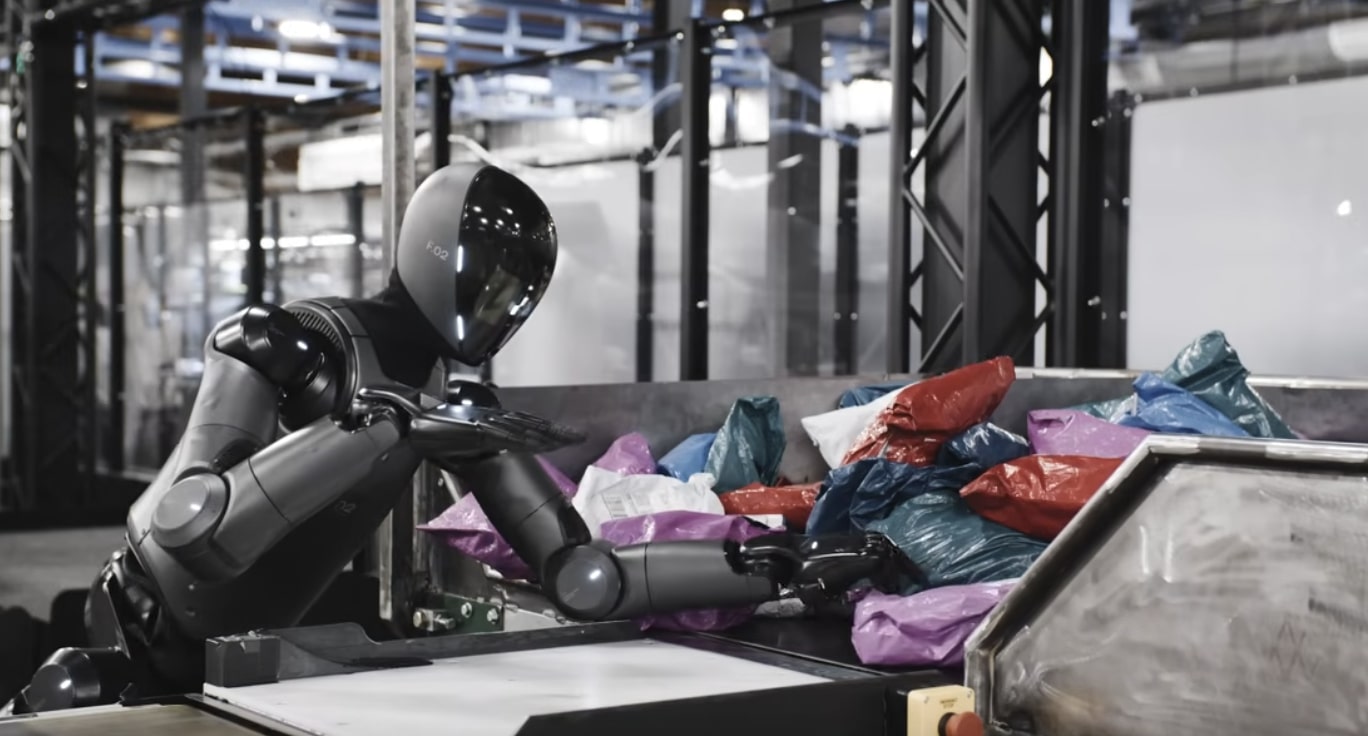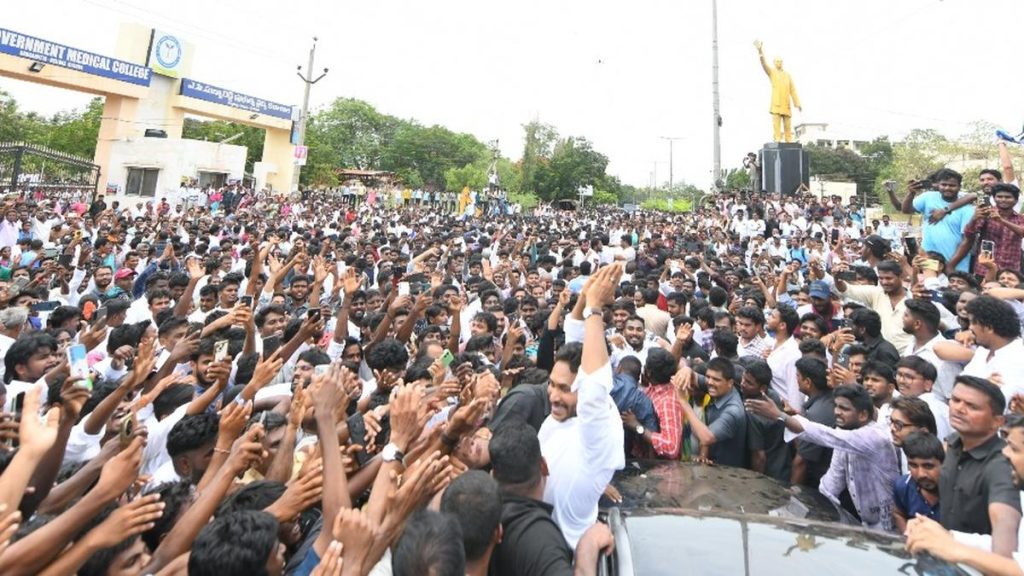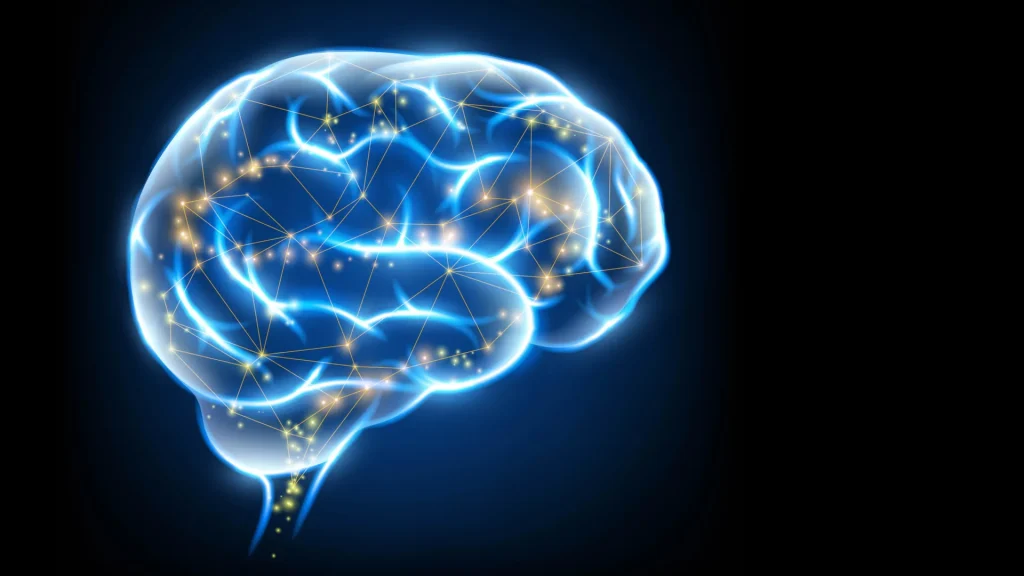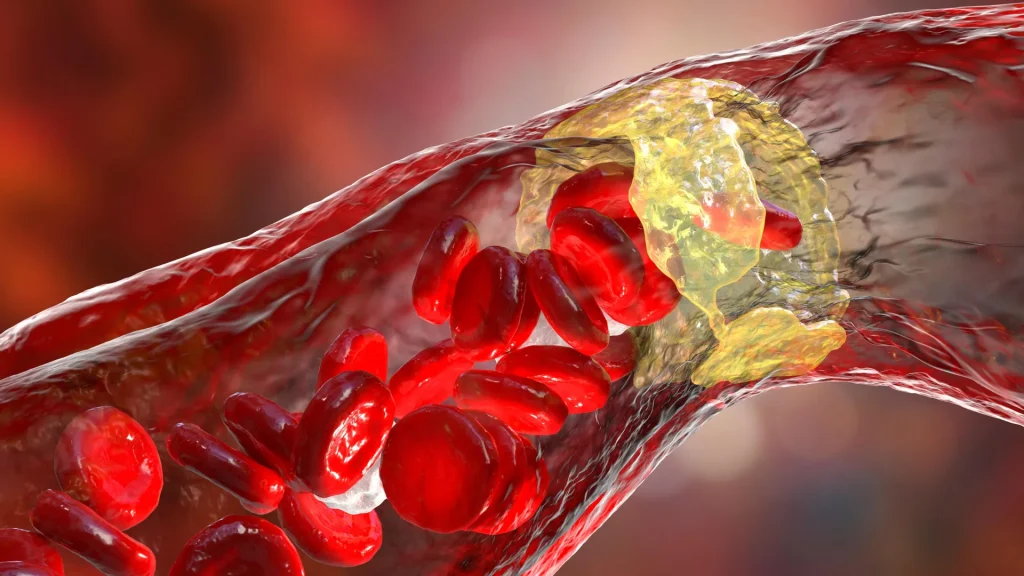Now Reading: Sam Altman Envisions a Gentle Singularity
-
01
Sam Altman Envisions a Gentle Singularity
Sam Altman Envisions a Gentle Singularity

Speedy Summary:
- Sam Altman states that AI growth has surpassed its event horizon, signaling a important acceleration in capability.
- Advanced AI systems, such as GPT-4 and othre advanced models (likely o3), can amplify human productivity and outperform people in certain cognitive tasks.
- By 2025, agents capable of real cognitive work, like writing computer code, have emerged as game-changers for industries.
- Predictions for the near future include:
– 2026: Systems capable of discovering novel insights.
– 2027: Operational robots performing tasks in the physical world (e.g., advancements from Figure AI and Teslabot).
– Latest breakthroughs involve robots learning tasks directly from internet videos wiht third-person views. Prominent contributors include Milan Kovac discussing Optimus robot developments on Twitter.
- The democratization of software creation and art production is being fueled by smarter tools; experts are still poised to leverage these systems most effectively.
- Productivity changes between 2030 and 2020 are expected to be transformative due to enhanced individual capabilities provided by AI systems.
Indian Opinion Analysis:
The rapid advances outlined here underscore a critical juncture for India’s position within global technology innovation. With predictions pointing to complex AI-driven solutions by 2030, this timeline stresses urgency for India to invest strategically in education reforms-particularly STEM domains-and digital infrastructure expansion.
India’s IT sector could particularly benefit from more efficient coding automation tools arriving this decade, enabling scalability without proportionate workforce increases. However, challenges persist: ethical frameworks around AI adoption must be solidified while preparing policy ecosystems that both protect jobs vulnerable to automation and foster innovation-led growth.
Furthermore, robotics innovations projected for 2027 could serve pivotal roles across Indian industries such as logistics, healthcare delivery via precision robotics assistance or even space exploration support through ISRO collaborations aiming at automated functions beyond human limits-practical implications align with India’s vision of “Techade.”
Link: Read More


























